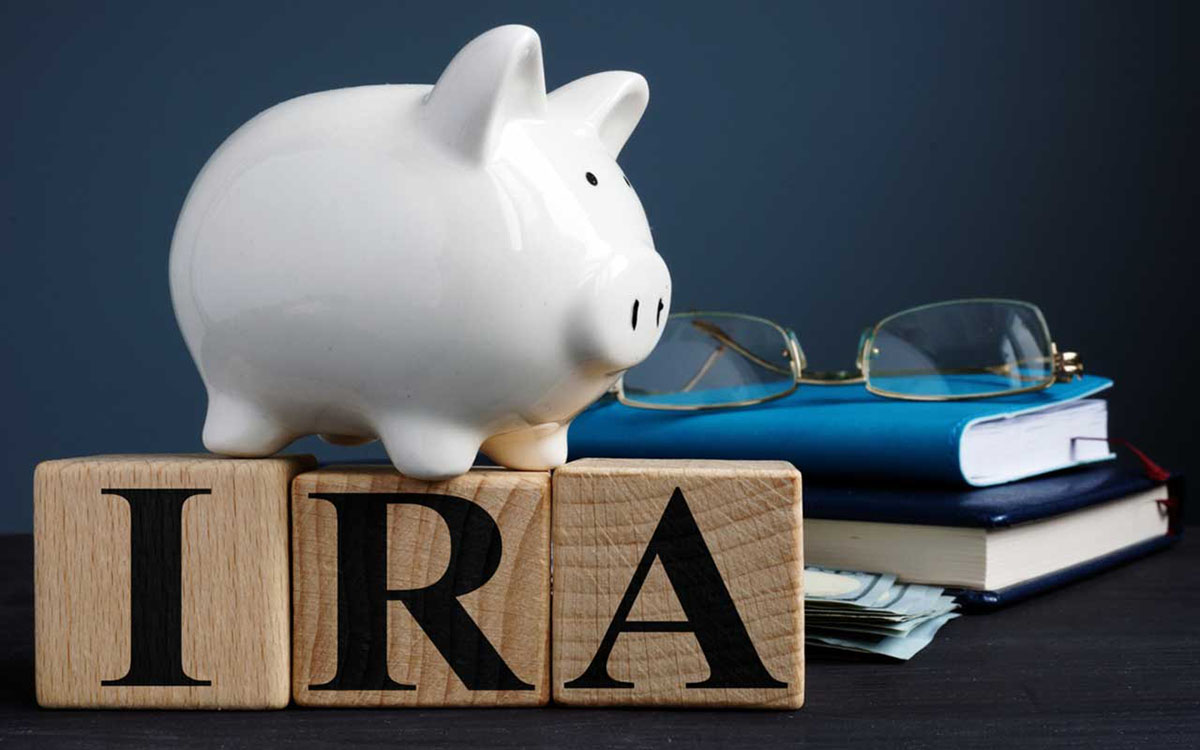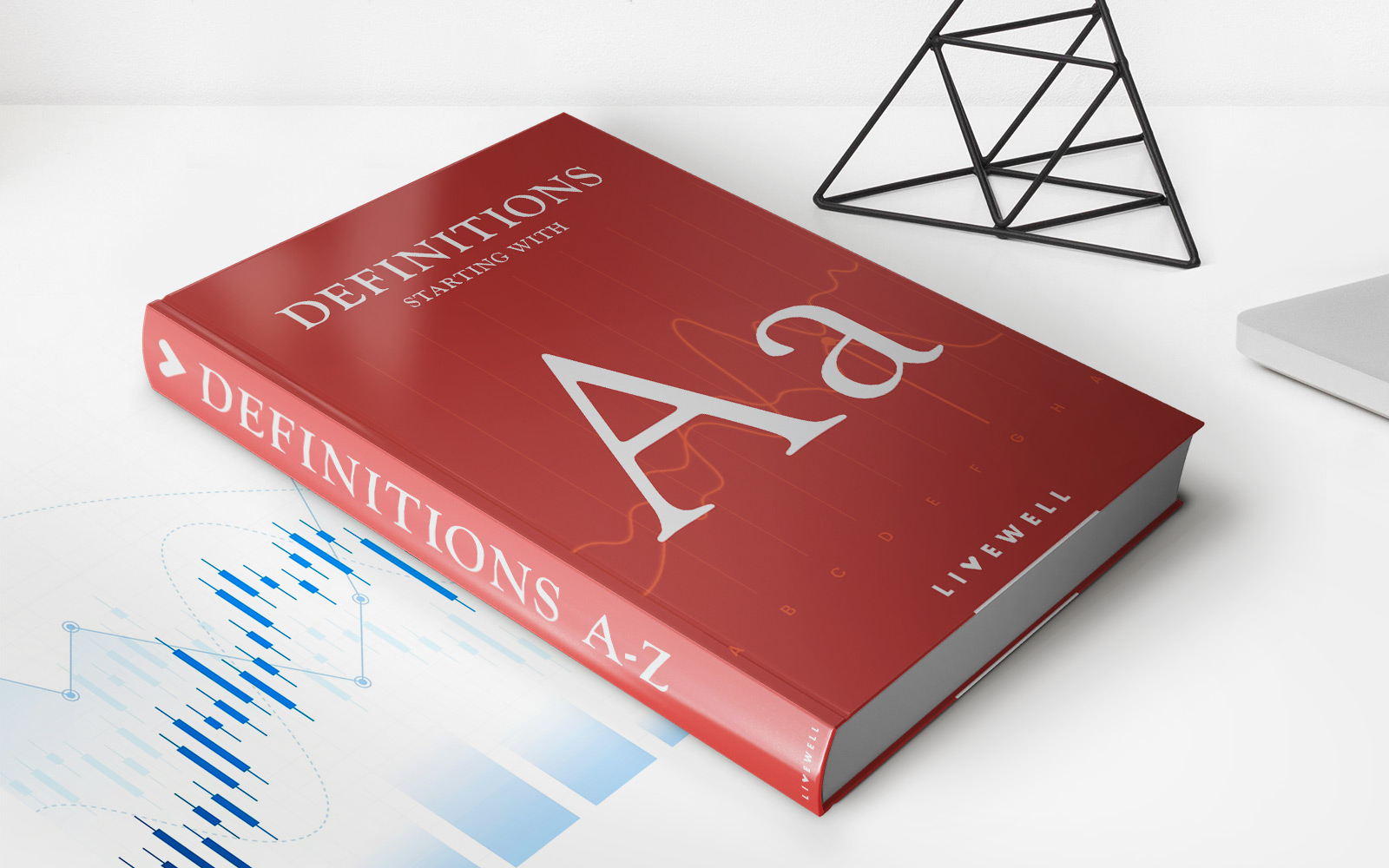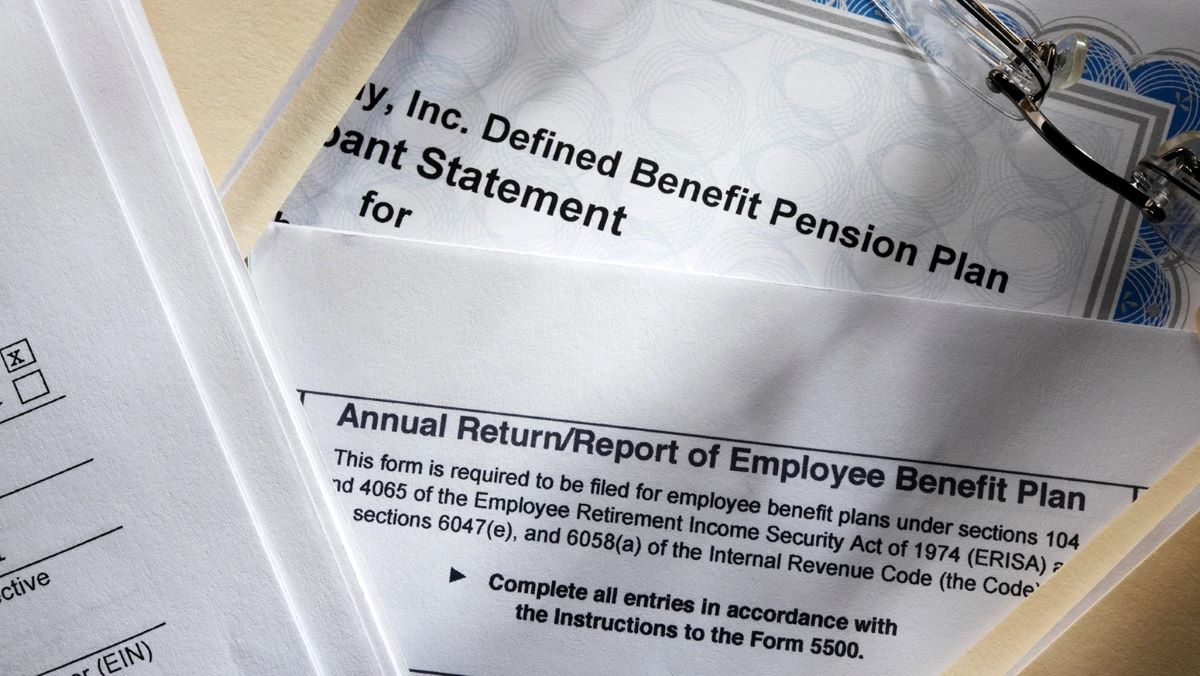Home>Finance>Greenspan Put: Definition, Examples, Vs. Fed Put


Finance
Greenspan Put: Definition, Examples, Vs. Fed Put
Published: December 2, 2023
Find out the definition and examples of the Greenspan Put and how it differs from the Fed Put in the world of finance.
(Many of the links in this article redirect to a specific reviewed product. Your purchase of these products through affiliate links helps to generate commission for LiveWell, at no extra cost. Learn more)
Understanding the Greenspan Put: Definition, Examples, Vs. Fed Put
Welcome to our “FINANCE” blog category! Today, we are going to dive deep into an important concept in the world of finance – the Greenspan Put. Have you ever wondered what the Greenspan Put is and how it relates to the Fed Put? Look no further! In this blog post, we will provide you with a clear definition of the Greenspan Put, explore some examples, and discuss its similarities and differences with the Fed Put. So, let’s get started!
Key Takeaways:
- The Greenspan Put refers to the perception that the Federal Reserve, under Chairman Alan Greenspan, would step in to stimulate the economy in times of market distress.
- The Fed Put is a similar concept that implies the Federal Reserve’s willingness to act as a “buyer of last resort” and provide support to the financial markets.
Defining the Greenspan Put
The Greenspan Put is a term coined to describe the market expectations during Alan Greenspan’s tenure as the Chairman of the Federal Reserve. It refers to the belief that the Federal Reserve would intervene and implement policies to support the economy when faced with significant market downturns or financial crises. This perception created a sense of security among investors, who believed that the central bank would step in to prevent excessive downside risks to the markets.
During his time as Chairman from 1987 to 2006, Alan Greenspan was known for adopting an accommodative stance towards monetary policy during periods of market turbulence. This was seen as a way to stabilize the financial markets and promote economic growth. The Greenspan Put essentially implied that the Federal Reserve would lower interest rates or implement other monetary measures to support the economy and prevent excessive declines in asset prices during times of crisis.
Examples of the Greenspan Put
An example of the Greenspan Put in action can be seen during the dot-com bubble in the late 1990s. As technology stocks soared to unprecedented levels, there were concerns about a potential market crash and its impact on the broader economy. However, instead of tightening monetary policy to curb excessive speculation, Greenspan and the Federal Reserve chose to maintain an accommodative stance, providing liquidity and supporting the markets. This was seen as a form of insurance against a potential market collapse, thus reinforcing the perception of the Greenspan Put.
Another example of the Greenspan Put is evident during the aftermath of the September 11, 2001 terrorist attacks. In response to the crisis and the potential economic impact, the Federal Reserve swiftly cut interest rates to stimulate the economy and restore investor confidence. This action was seen as a clear demonstration of the Greenspan Put, with the central bank stepping in to support the markets and prevent a deeper recession.
The Greenspan Put vs. the Fed Put
The Greenspan Put and the Fed Put are closely related concepts, but they differ in their scope and applicability. While the Greenspan Put specifically refers to the actions and policies adopted by Alan Greenspan during his tenure as Chairman, the Fed Put is a broader term that encompasses the current and future actions of the Federal Reserve as a whole.
Furthermore, the Greenspan Put is often seen as a more aggressive and interventionist approach compared to the Fed Put. Under Greenspan’s leadership, the Federal Reserve was known for its willingness to support the markets even in the absence of extreme market distress. In contrast, the Fed Put is generally considered to be more reserved and cautious, with intervention being more contingent on specific economic and market conditions.
Conclusion
The Greenspan Put, a term popularized during Alan Greenspan’s time as Chairman of the Federal Reserve, refers to the market expectation that the central bank would provide support in times of market distress. This perception created a sense of security among investors, leading to increased market stability. While the Greenspan Put is a historical concept, its influence on market sentiment and expectations can still be seen today.
So there you have it – a comprehensive understanding of the Greenspan Put, its examples, and how it compares to the Fed Put. We hope this blog post has shed some light on this important concept in the world of finance. Remember to stay tuned to our “FINANCE” category for more insightful articles and analysis!














